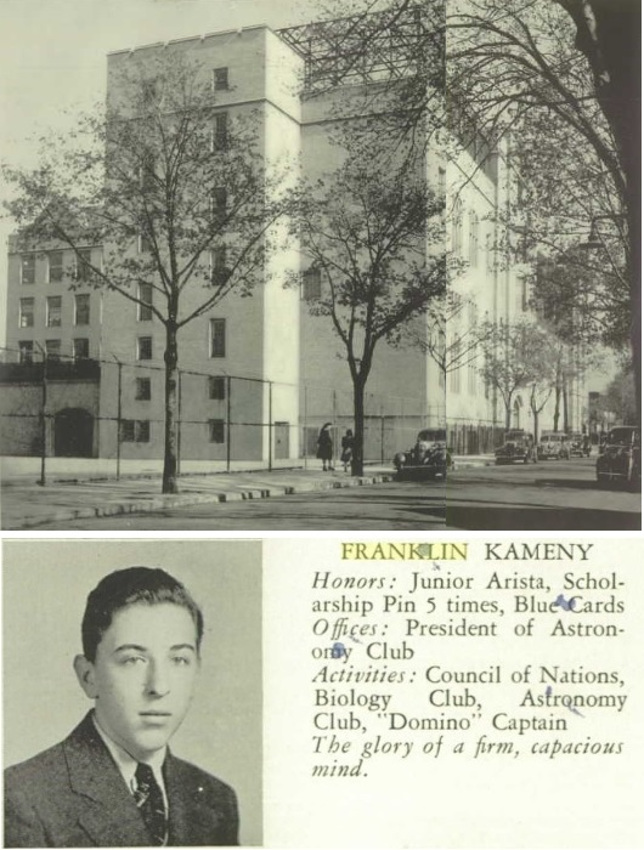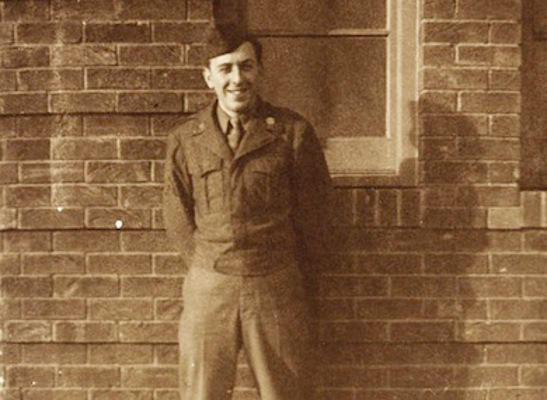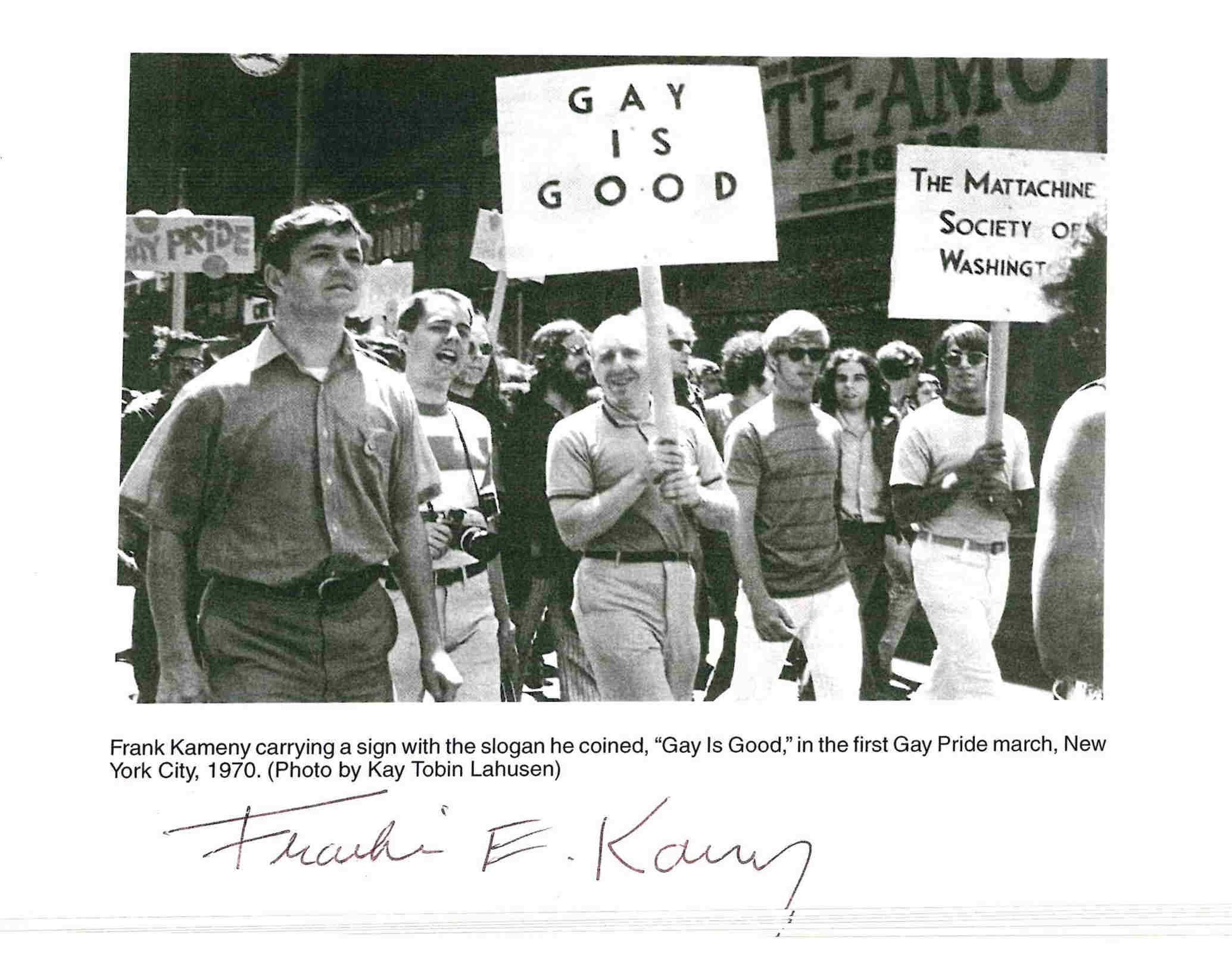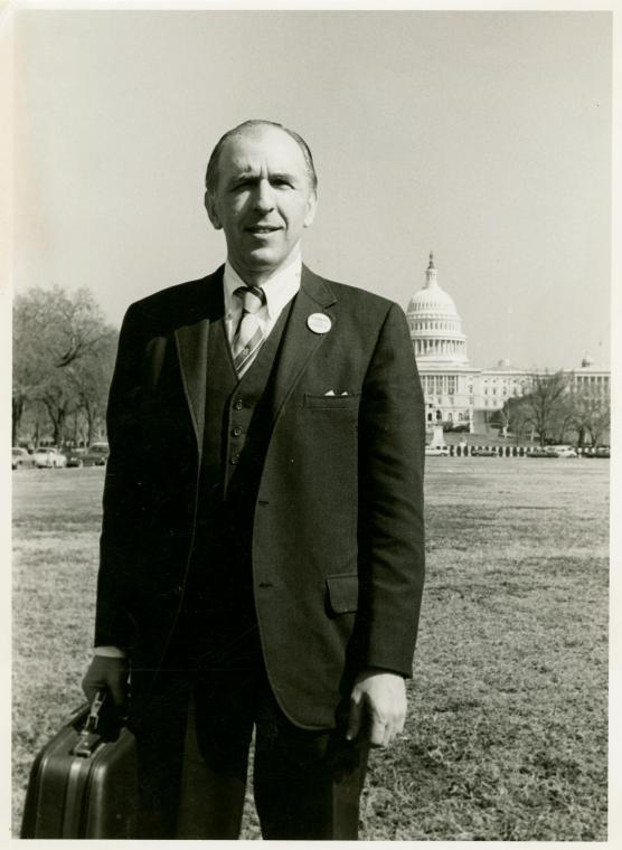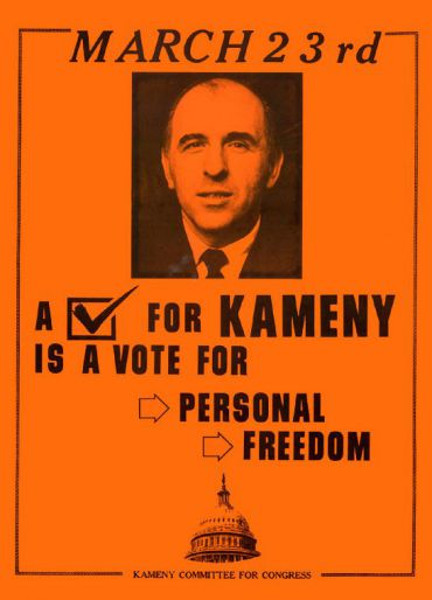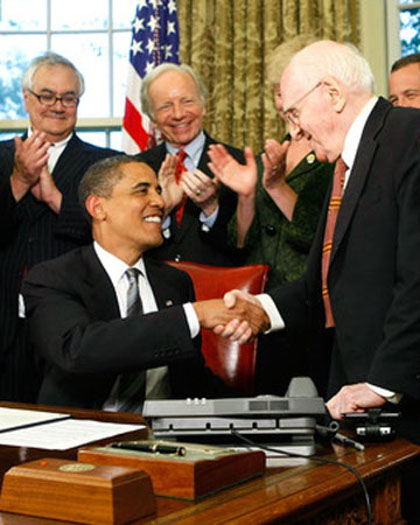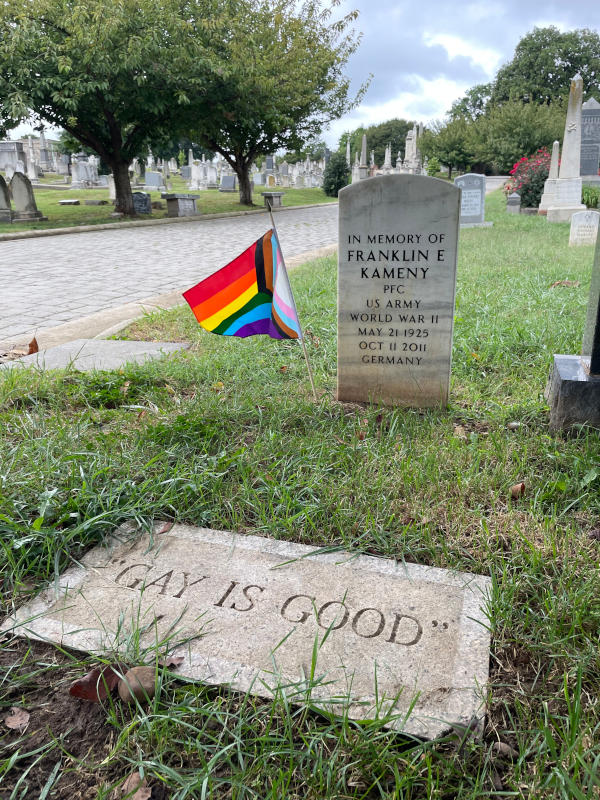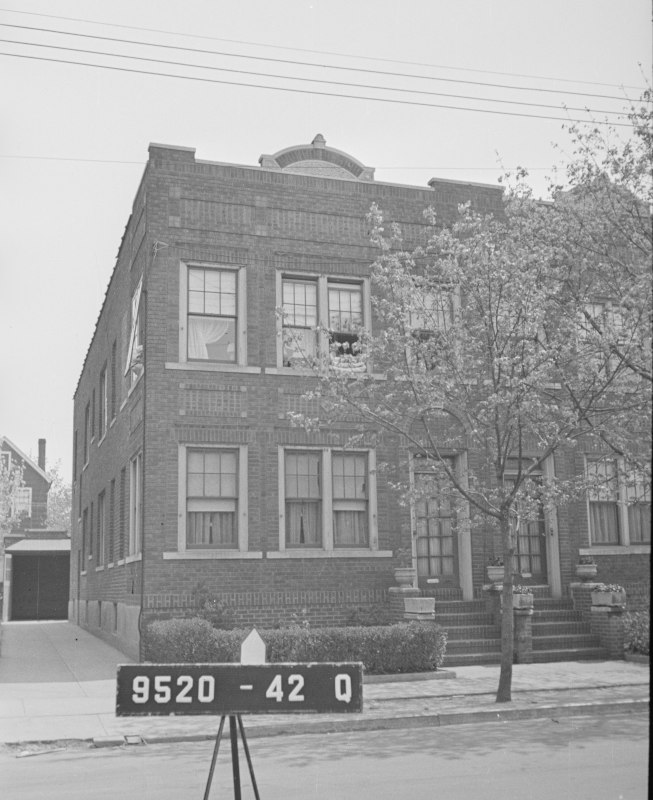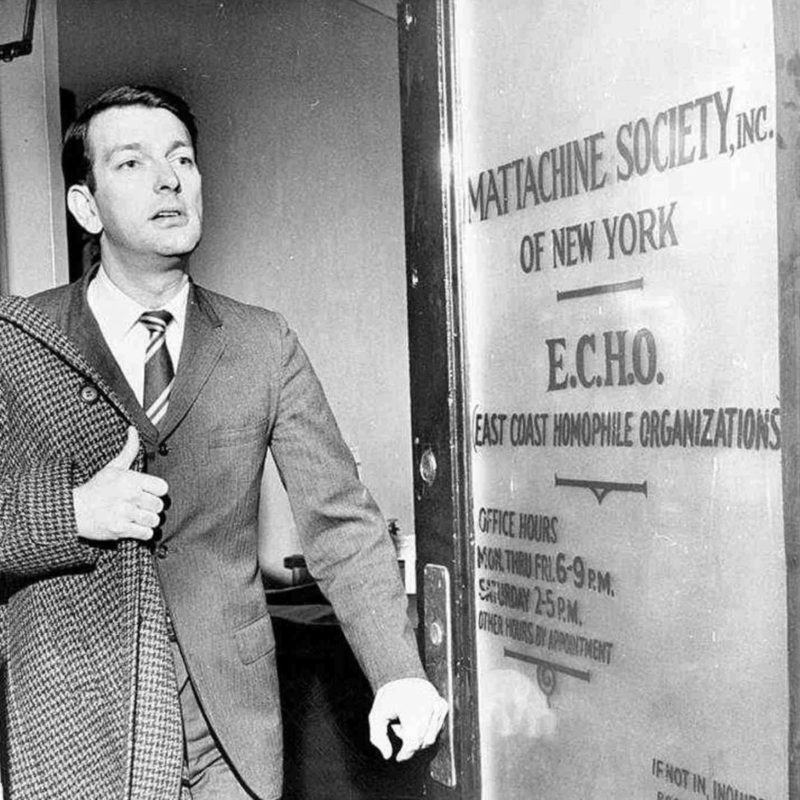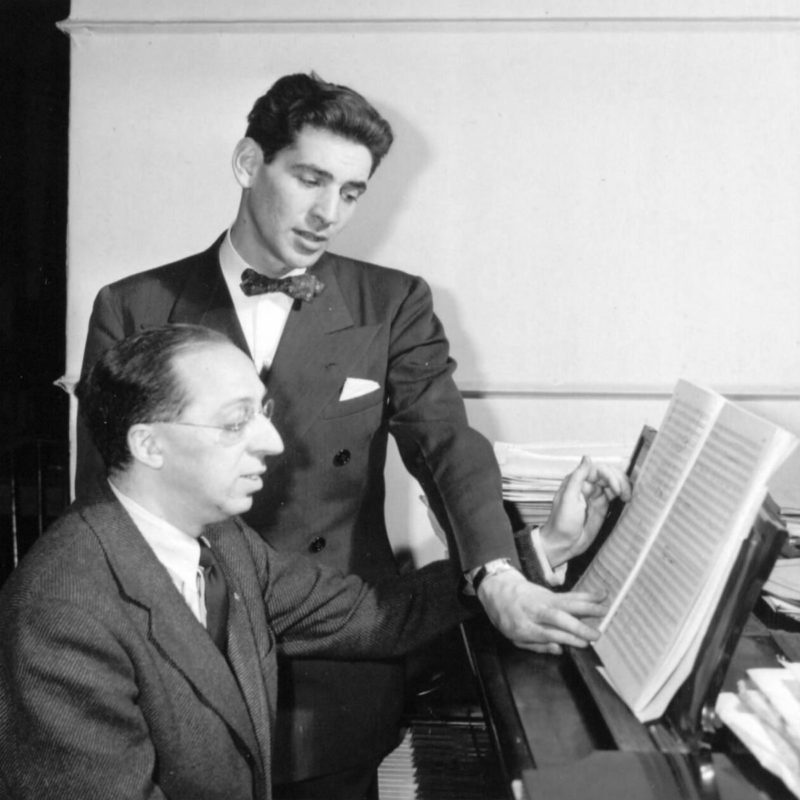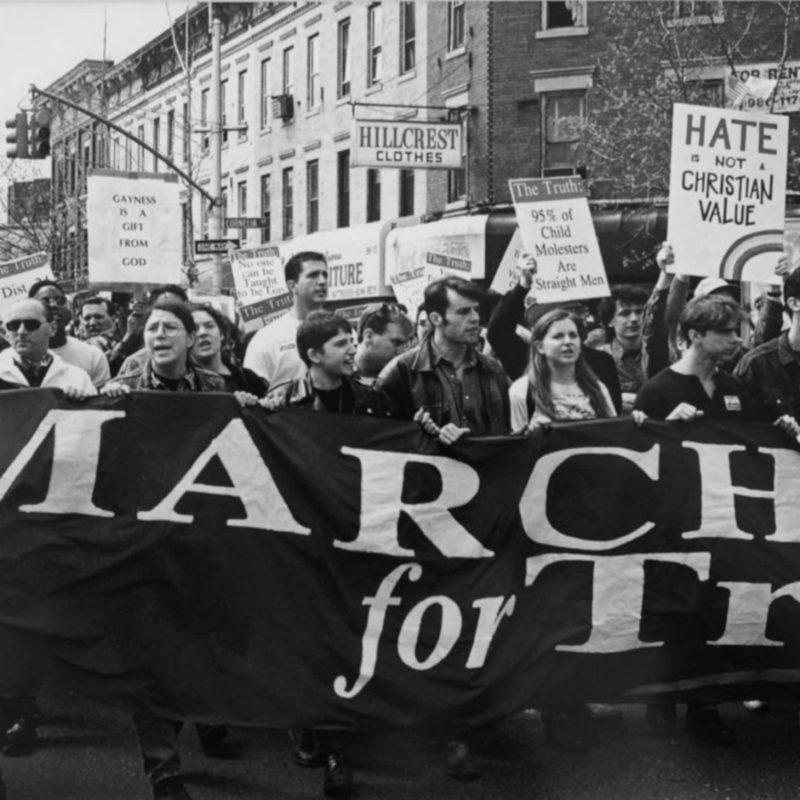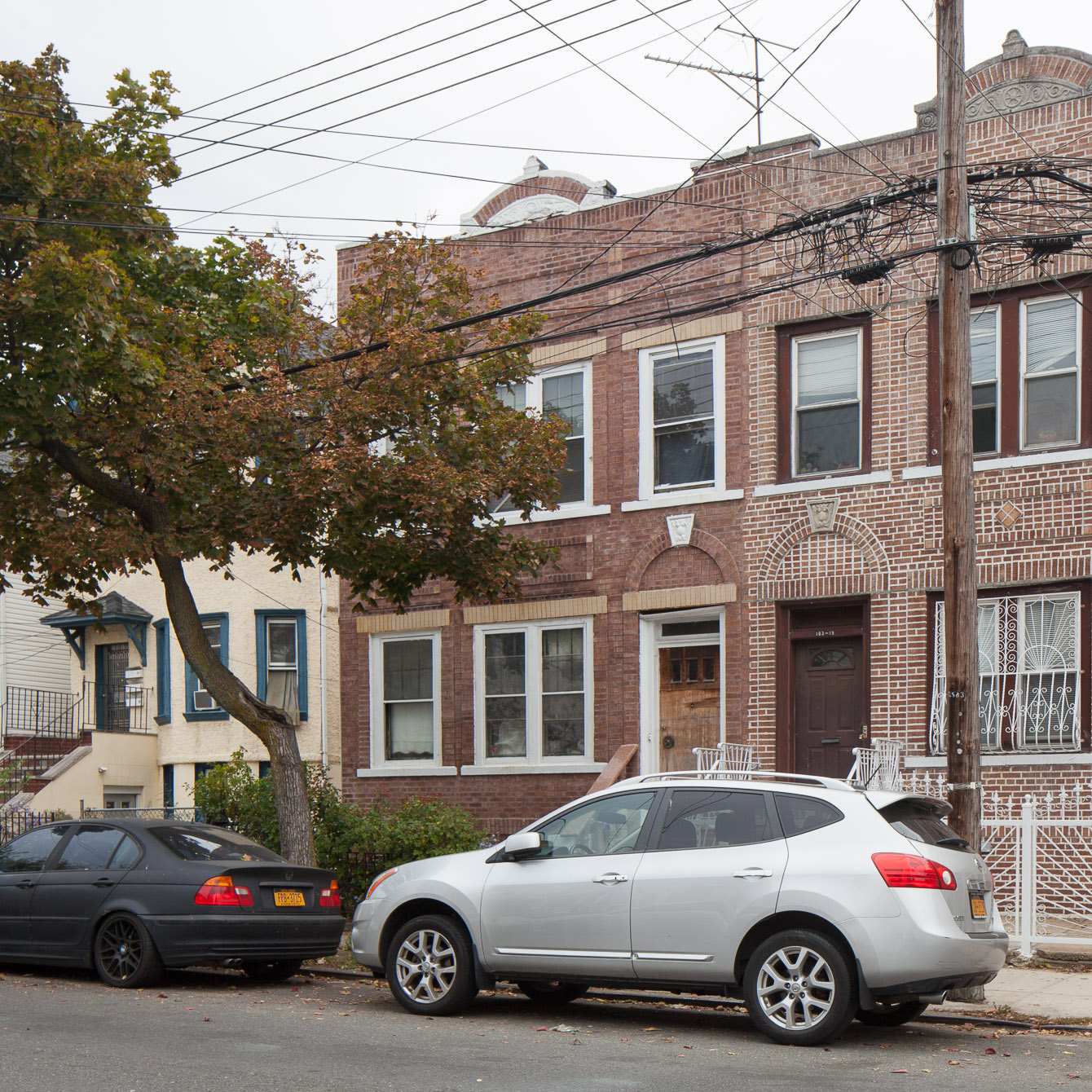
Frank Kameny Childhood Residence
overview
Renowned gay rights pioneer Franklin (“Frank”) E. Kameny grew up in this semi-detached brick house from 1925 to 1948.
Kameny, who frequently visited his parents’ house until 1979, became a chief strategist for the LGBT rights movement after he was fired by the federal government in 1957 because he was gay.
History
Queens native Frank Kameny (Franklin E. Kameny; 1925-2011) is considered one of the country’s most significant gay rights pioneers whose activism transformed the LGBT rights movement. With the exception of his time in the army between 1943 and 1946, Kameny lived in his family home in Richmond Hill, Queens from the year he was born until February 1948, when he left to attend Harvard University. Before earning a master’s degree and doctorate in astronomy there, he attended Richmond Hill High School and Queens College. After his father died in 1958, Kameny’s mother continued to live at this address and he would frequently stay here when visiting New York until she sold the house in 1979. In 1970, Kameny was in New York to march in the first pride march with the Mattachine Society of Washington.
His early life in this home is where his interests and beliefs related to his academic career and activism were formed. It was here, before the age of seven, that he became interested in science and astronomy. It was also here during a dinner conversation at age 15 where he first formulated and articulated his position that eventually became his modus operandi related to activism:
If I disagree with someone, I give them a chance to convince me they are right. And if they fail, then I am right and they are wrong and I will just have to fight them until they change.
In 1957, Kameny, who worked in Washington, D.C. as an astronomer for the Army Map Service, was fired by the federal government for being gay, based on an arrest involving another man years earlier in San Francisco. He fought the dismissal by suing the government in federal court, eventually taking the case to the U.S. Supreme Court. He became the first to do so on the grounds of sexual orientation. The lower court’s ruling was upheld, ending his career as a civil servant and an astronomer. As a result, he became an LGBT activist for the rest of his life.
Kameny’s contributions to LGBT equality include co-founding the Mattachine Society of Washington, D.C. in 1961 and founding the East Coast Homophile Organizations (ECHO) in 1963; organizing the Annual Reminders in 1965, one of the earliest public demonstrations for LGBT equality, with Craig Rodwell (these were held annually until 1969 in front of Independence Hall in Philadelphia on July 4th); and working with Barbara Gittings of the Daughters of Bilitis to successfully have the American Psychiatric Association’s classification of homosexuality as a mental illness overturned in 1973. Kameny is also acknowledged for having the federal government lift its ban on the employment of gay and lesbian employees in 1975, a challenge he pursed for almost two decades. Two years later he became the first openly gay person to run for Congress. He also took credit for coining the term “Gay is Good,” although others used it during the 1960s.
Kameny remained in Washington, D.C. until his death in 2011. That year, his house was listed as the Dr. Franklin E. Kameny Residence on the National Register of Historic Places. There is a public memorial for Kameny at Washington, D.C.’s Congressional Cemetery with a military headstone and inscribed marker that states “Gay is Good.”
Entry by Ken Lustbader, project director (March 2017).
NOTE: Names above in bold indicate LGBT people.
Building Information
- Architect or Builder: Unknown
- Year Built: c. 1922
Sources
David Carter interview and e-mail message to Ken Lustbader, October 22, 2016.
David Dunlap, “Franklin Kameny, Gay Rights Pioneer, Dies at 86,” The New York Times, October 12, 2011.
Eric Marcus, Making History: The Struggle for Gay and Lesbian Equal Rights, 1945-1990 (New York: HarperCollins, 1992).
“Frank Kameny,” LGBT History Month, bit.ly/2eHfwxH.
Lou Chibaro, Jr., “The Scientific Activist,” Washington Blade, July 12, 2002.
Mark Meinke, “Dr. Franklin E. Kameny Residence,” National Register of Historic Places Nomination Form (Washington, D.C.: Washington D.C. Historic Preservation Office, September 12, 2011), bit.ly/2dGdDmE.
Do you have more information about this site?
This project is enriched by your participation! Do you have your own images of this site? Or a story to share? Would you like to suggest a different historic site?
